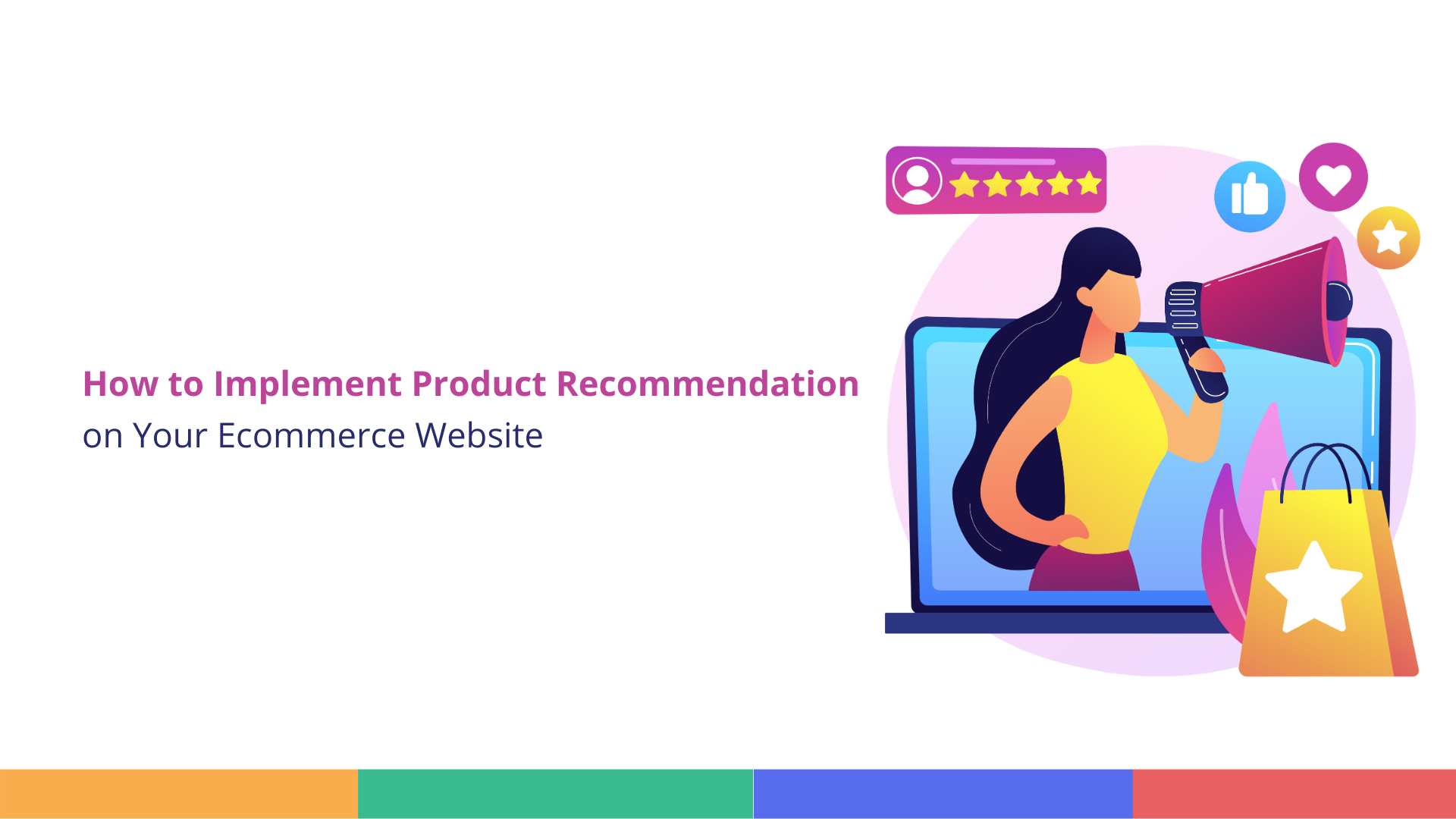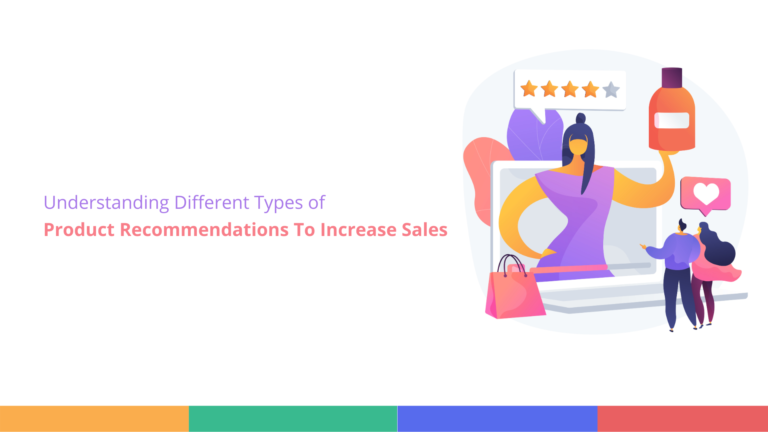In retail, the goal is straightforward: keep customers satisfied and keep those sales coming in. That’s the essence of the business, plain and simple. You’re constantly working to balance customer happiness and business success. Product recommendation is a great way to improve sales. However, the question is how to implement product recommendations.
In the last blog, we have elaborated on various types of product recommendations along with how you can implement these strategies.
In this blog, you’ll learn how to implement Product Recommendation on Your Ecommerce Website & it effectively.
Let’s start with the homepage. The homepage of an e-commerce platform serves as the initial point of contact for many customers. It’s crucial to leverage this space effectively by implementing “Most Popular” recommendations for new visitors. This approach capitalizes on social proof, showcasing items that have resonated with other customers.
For returning visitors, displaying “Recently Viewed” items can reignite interest and provide a personalized touch to their shopping experience. However, the homepage is just the beginning of the customer’s journey. As they navigate deeper into your site, other opportunities for targeted recommendations arise.
One such opportunity presents itself on product detail pages. These pages are where customers spend considerable time evaluating specific items, making them ideal for cross-selling and upselling strategies.
Know about Product, Read the Blog: PRODUCT BASICS: HOW IT CAN MAKE OR BREAK YOUR BUSINESS.
Implementing “Bought Together” or “Similar Products” recommendations on these pages can guide customers towards complementary or alternative items. This strategy not only enhances the customer’s shopping experience by presenting relevant options but also has the potential to increase average order value. As customers move from browsing to decision-making, their journey often leads them to the shopping cart.
This is the most critical junction in a customer’s buying journey. The shopping cart page is a critical juncture in the customer’s journey. At this stage, customers have already demonstrated a strong intent to purchase. Utilizing “Bought Together” or “Frequently Bought Together” recommendations at this stage can be particularly effective.
These suggestions can prompt customers to add additional items to their cart before completing their purchase, thereby increasing the overall transaction value. While the shopping cart is crucial, it’s important not to overlook another key area of customer interaction: the search function.
Search result pages offer a unique opportunity to assist customers in their product discovery process. When customers use the search function, they’re actively seeking specific items or types of products. By suggesting products similar to what customers are actively searching for, you can provide alternatives if their initial choice isn’t available or present options they may have yet to consider. Category pages can be optimized by featuring “Most Popular in Category” recommendations. This strategy highlights best-selling items within specific product categories, potentially influencing customer decisions and guiding them toward products that have proven popular with other shoppers. As customers explore these category pages and move through your site, it’s important to have strategies in place for those who might be considering leaving without making a purchase.
Exit pop-ups, when implemented judiciously, can serve as a final attempt to engage customers before they leave your site. These can be used to showcase discounted products or remind customers of items left in their carts.
Know about Customer, Read the Blog: KNOW YOUR CUSTOMER: CHALLENGES, BENEFITS & HOW-TO-KNOW.
While it’s important to use this tactic sparingly to avoid frustrating customers, well-timed and relevant exit pop-ups can potentially recover sales that might otherwise have been lost. However, not all customers will complete their purchase in a single session, which is where email marketing comes into play.
Each of these strategies, when implemented thoughtfully and in conjunction with one another, can create a comprehensive product recommendation system. This holistic approach enhances the customer experience at every stage of their journey, from initial browsing to post-visit engagement.
Final Thoughts
Lastly, remember that perfecting your recommendation strategy is an ongoing process. Try different combinations. What works for one online store might not work for another. Your goal is to find what resonates best with your unique customer base.




